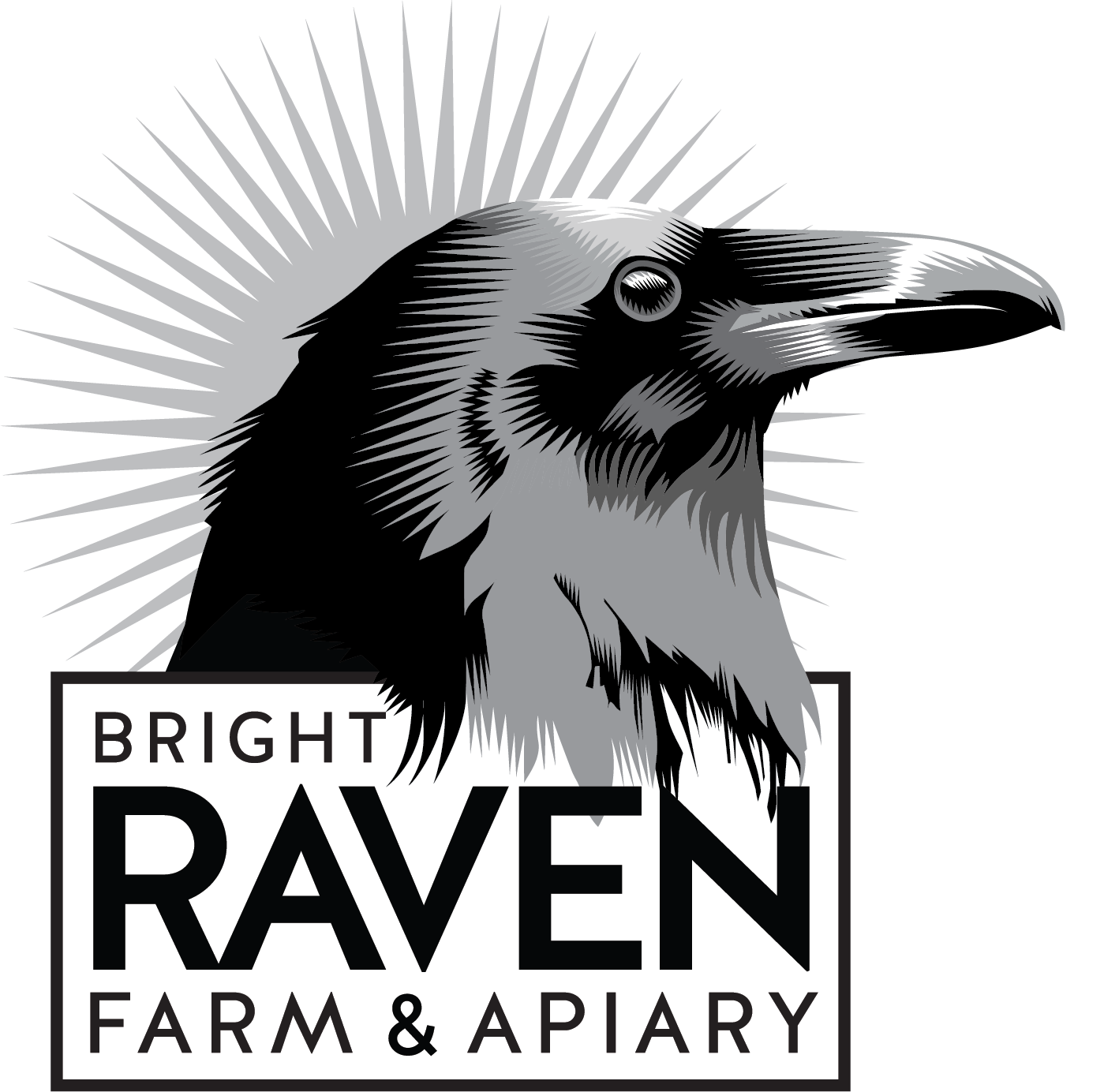



Our Varietal Honey
Our Varietal Honey
We began keeping bees 20 years ago with a few hives and have slowly expanded our apiary. We realized early on that the less we fiddle with the honey the better it tastes. Most store bought honey is heated and filtered to make a uniform, shelf stable product. However, the result is often a bland honey devoid of character and nutrition, as the heat destroys terpenes, vitamins and enzymes, and filtering removes some of the pollen and propolis.
COLD PROCESSING: Our cold processed, raw honey is unheated and unfiltered. It contains the pollen and propolis put there by the bees. These compounds not only add depth and complexity to our honey, but have valuable medicinal properties as well.
MICRO-HARVESTING: We specialize in varietal honeys highlighting specific predominant nectar sources, which makes tasting our different honeys much like tasting wines - each has a specific color, aroma, and taste signature based on the composition of different plant nectars in the honey. We are able to do this by harvesting honey from our hives in a rhythm with the various bloom periods and nectar flows of different plants.
In addition to our own honey varietals, we are importing honey from indigenous beekeepers in Oaxaca, Mexico. This rich, dark honey is incredible with notes of cherry and dried fruit. Purchasing this honey helps these beekeepers maintain their traditional, land based culture and remain in their communities.

Bright Raven Farm and Apiary
VISIT US AT THE HONEYBEE EMBASSY!
Thursday & Friday 11am-6pm, Saturday and Sunday 11am-5pm
Bright Raven Farm and Apiary
VISIT US AT THE HONEYBEE EMBASSY!
Thursday & Friday 11am-6pm, Saturday and Sunday 11am-5pm
Welcome!
Bright Raven Farm and Apiary is located in Jacksonville, NY in the beautiful Finger Lakes Region. We care for upwards of 80 hives to produce local, raw, varietal honey.
We started our farm (formerly known as Red Tail Farm) as vegetable growers in 2000 and began the long process of rejuvenating tired, worn out soil - the result of decades of conventional corn and soy bean cropping. After 20 years of ecological farming practices, our soil is once again alive and rich, thanks to many years of cover cropping, compost, and crop rotations.
We are now actively managing our property to increase and enhance our pollinator habitat. By planting species that are important pollen and nectar sources, we are helping to provide the food and nutrition needed by honey bees and other pollinators such as monarch butterflies, hummingbirds, and native bees.

Terroir, Seasons, Plants
Terroir, Seasons, Plants
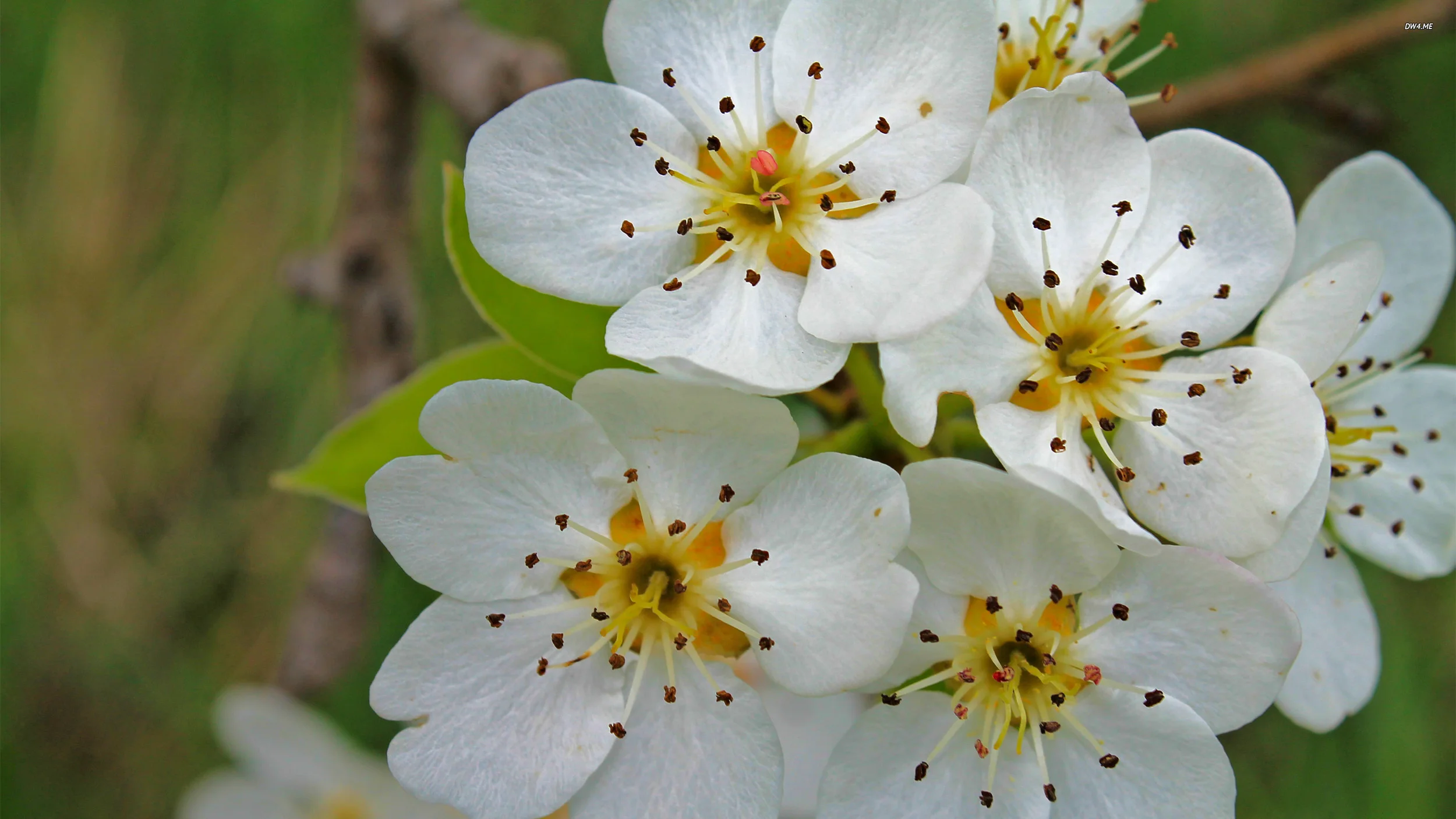
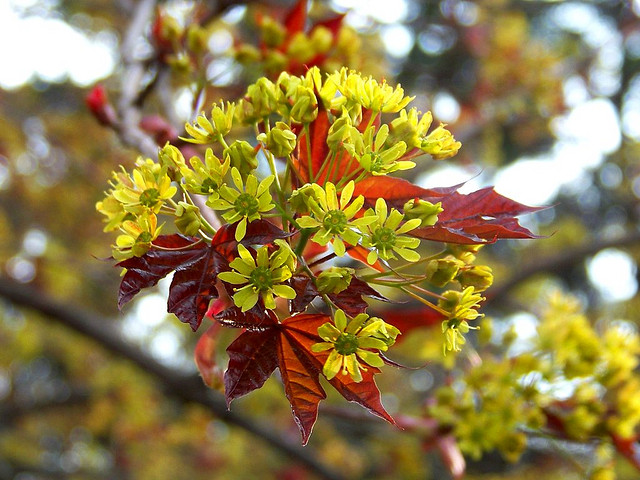

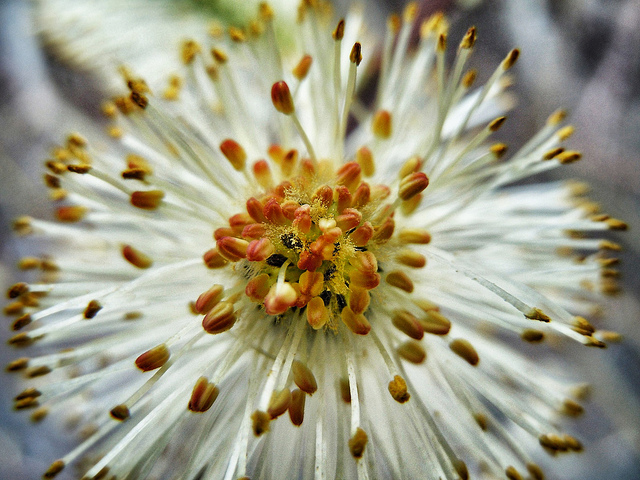
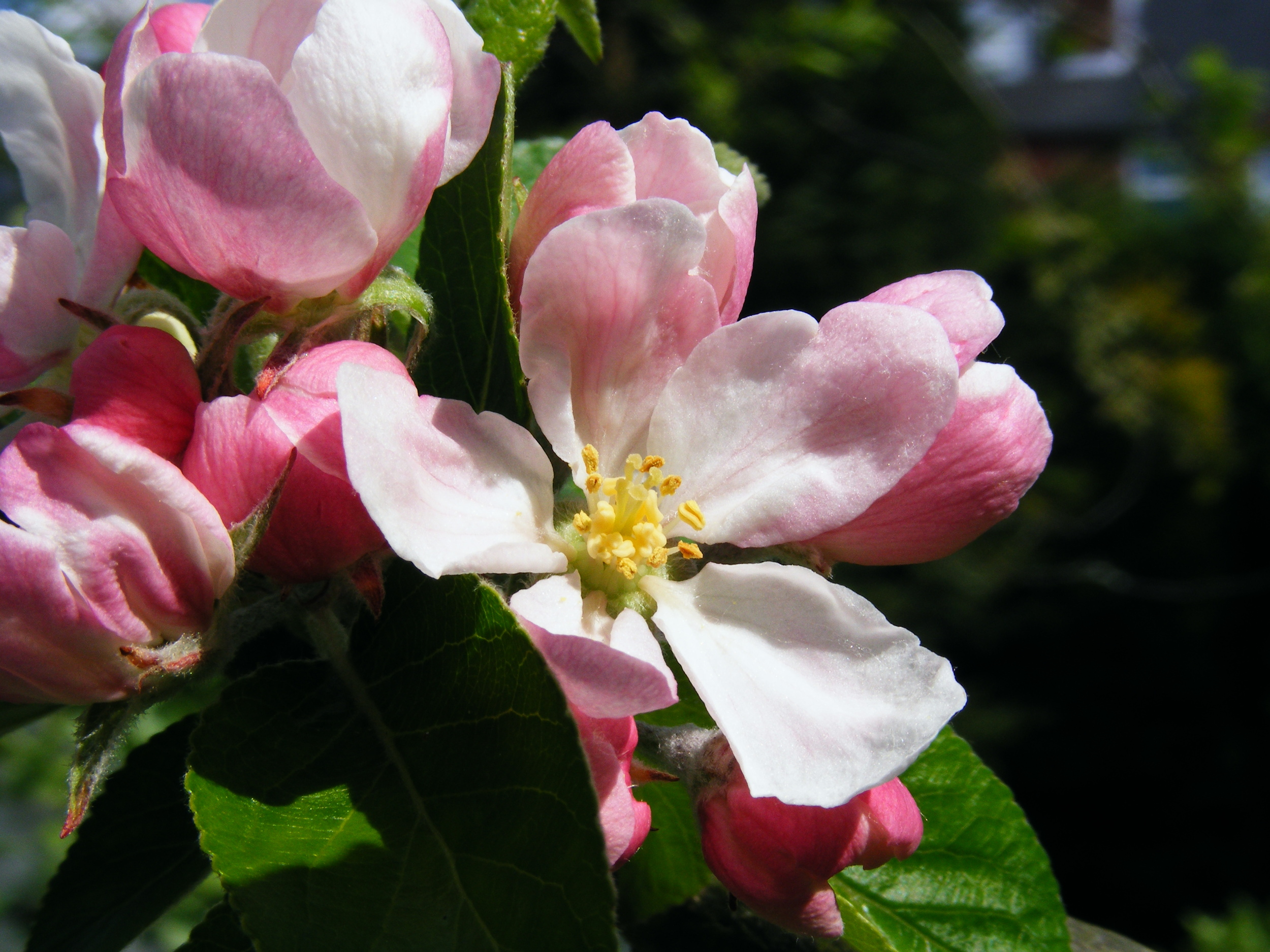

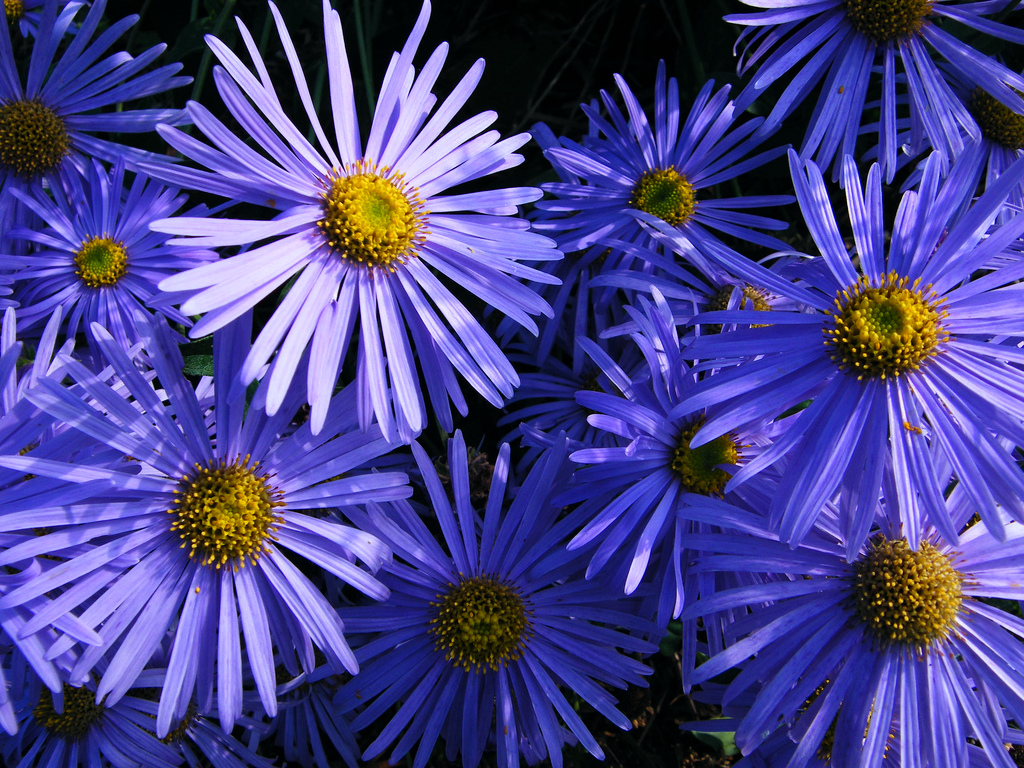
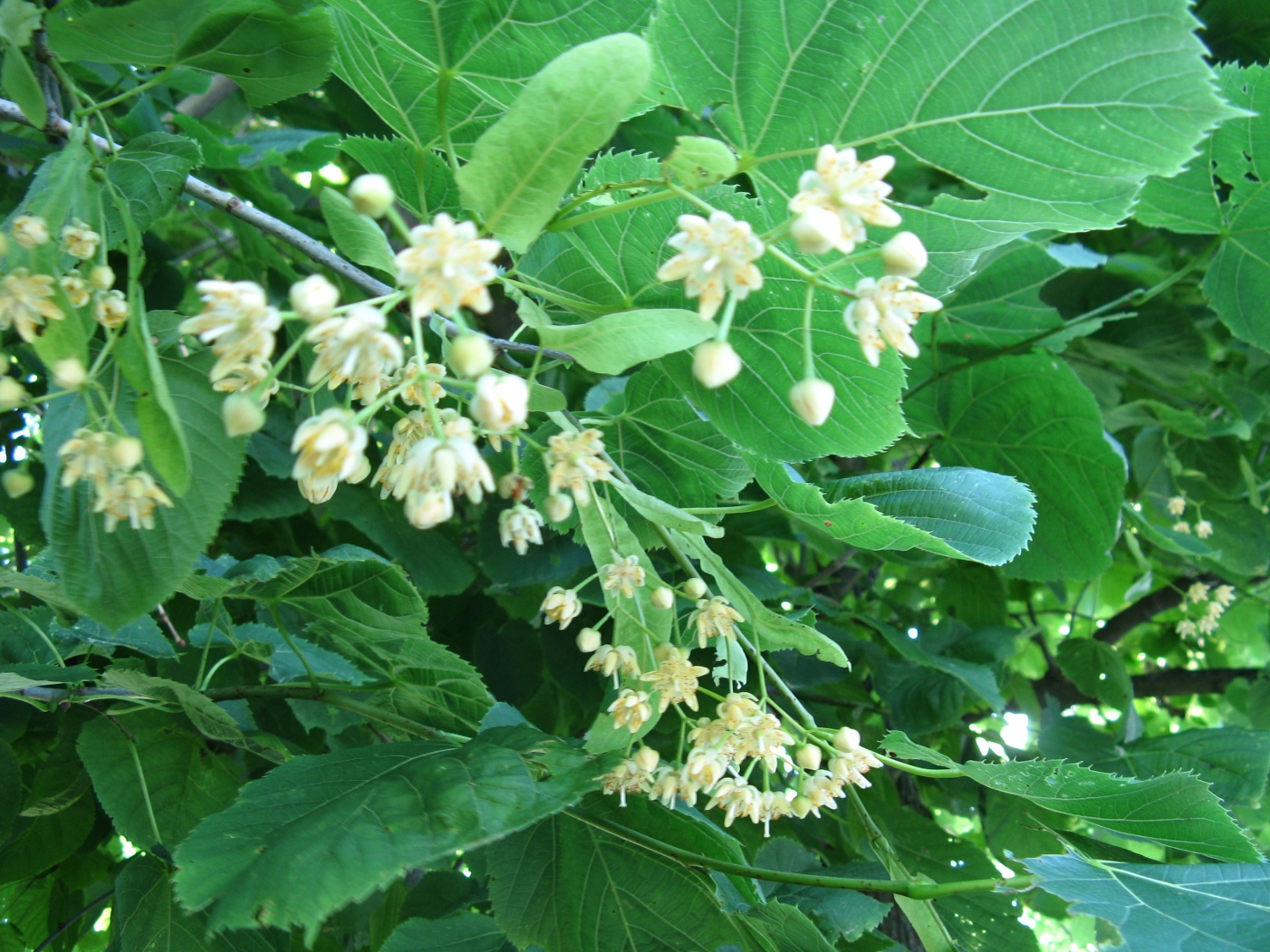
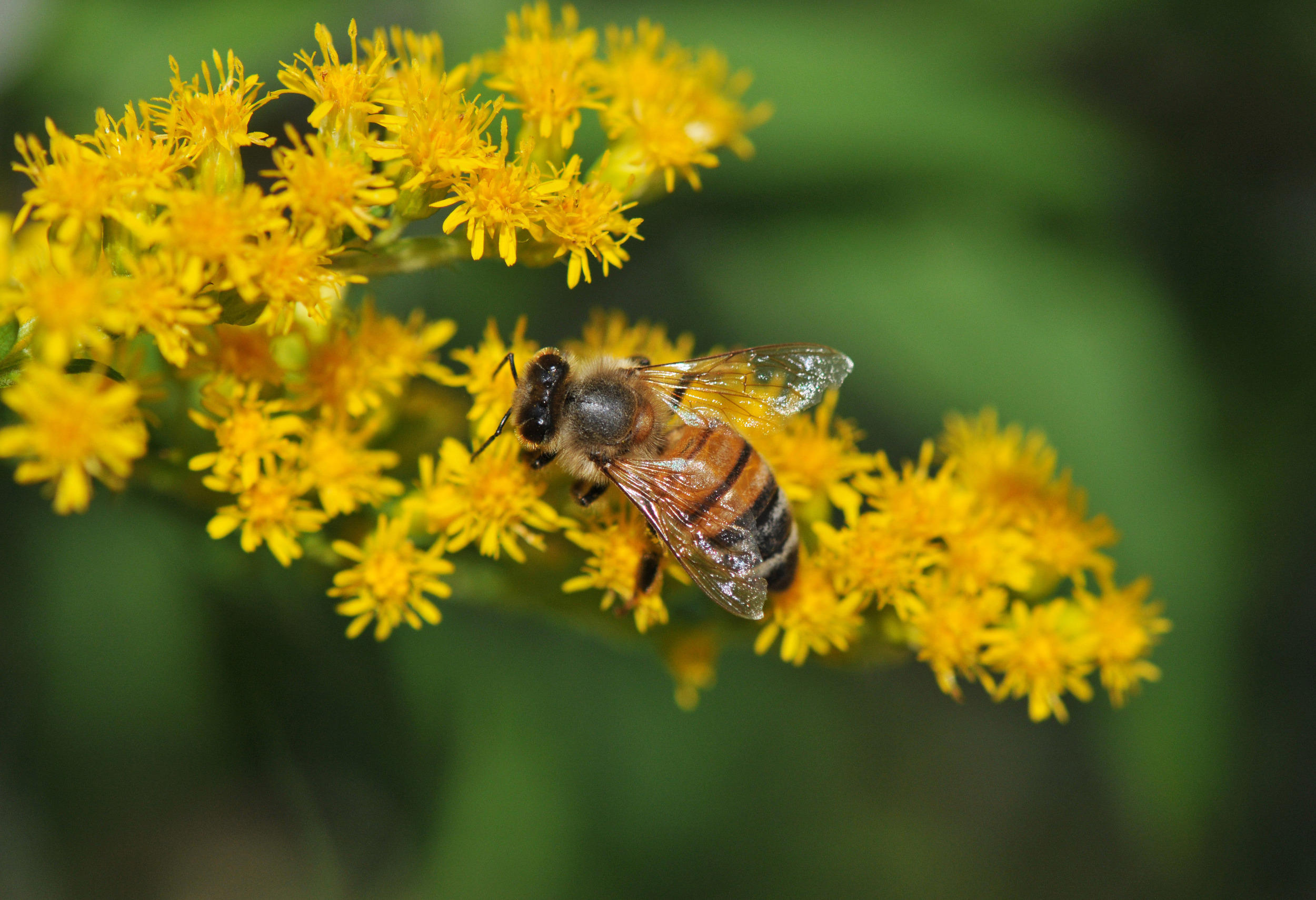
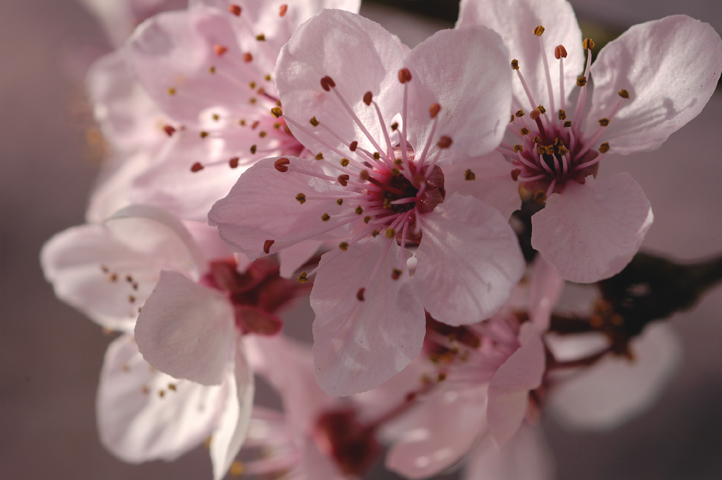
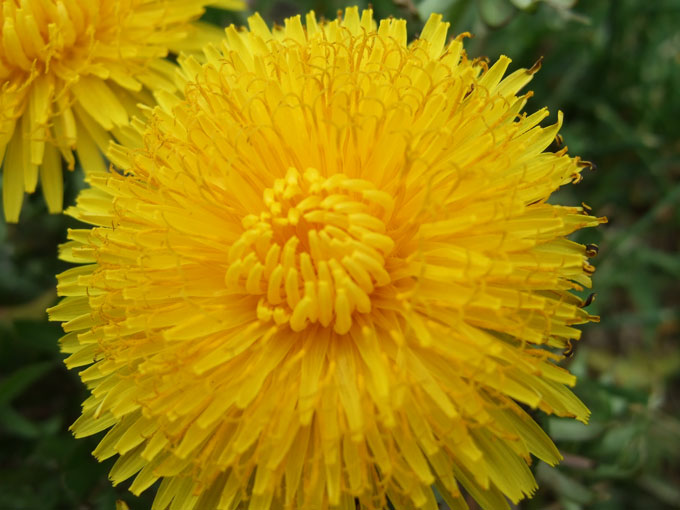
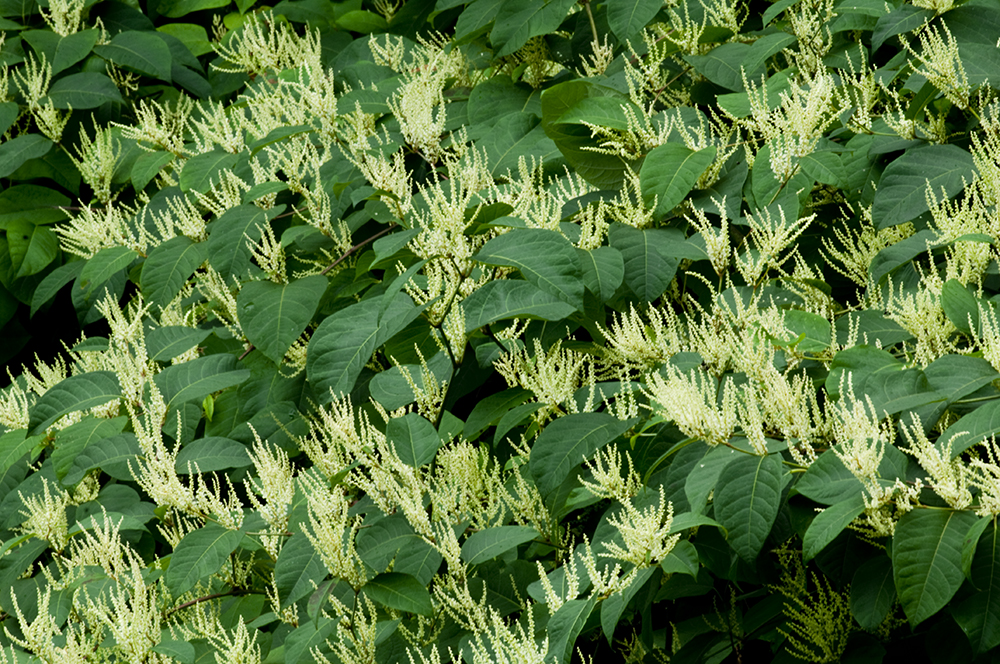
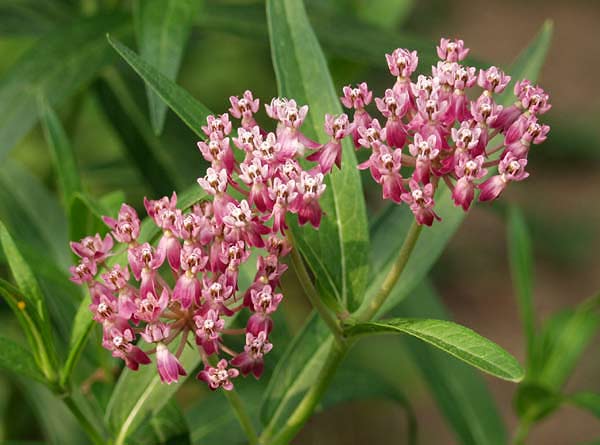
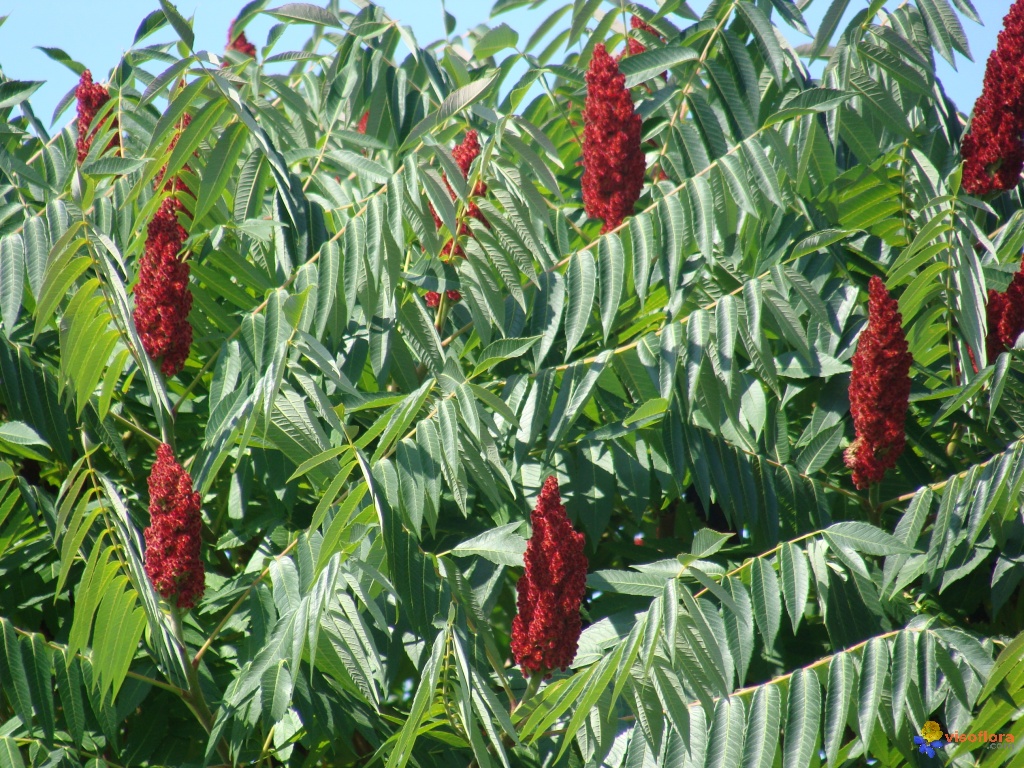

TERROIR: Over the years we have received a lot of positive feedback about our raw honey. Time and time again we have been told that our honey is some of the best honey people have ever tasted. Before we are accused of arrogance and bragging, let us explain. It's not really about us- it's about terroir.
What is terroir and what does it have to do with honey?
Terroir means "earth" in French but is a concept encompassing much more than that. Terroir is the unique flavor and quality of an agricultural product that is determined by the specific qualities of the place where it is produced. The soil, wind, rainfall and other natural elements all have profound effects on the qualities of food produced in a certain locale. The term terroir has been applied to agricultural products such as wine and cheese in Europe for centuries, and is now used to describe the many types of honey produced in different environments. We think there is something magical about the terroir at Bright Raven Farm as it produces some fantastic honey!
PLANTS: Honey bees will forage for nectar and pollen from all kinds of different plants. At our farm in the spring, they visit maple, dandelion, willow, fruit trees, rose hips, wild brambles, black locust, and basswood flowers. In summer they find sumac, milkweed, Japanese knotweed, and dog bane. Goldenrod and asters are the main nectar and pollen sources in the fall.
SEASONS: By paying close attention to the weather and local flower bloom cycles, we are able to harvest three to four and sometimes even five different honey varietals in a single season. These honeys each have their own unique colors, textures, and flavors depending on the nectar source they were made from.
